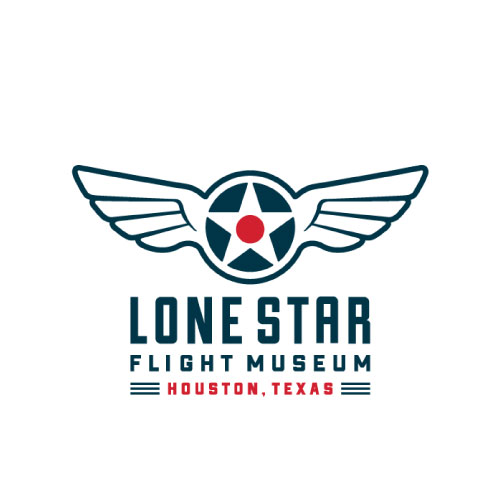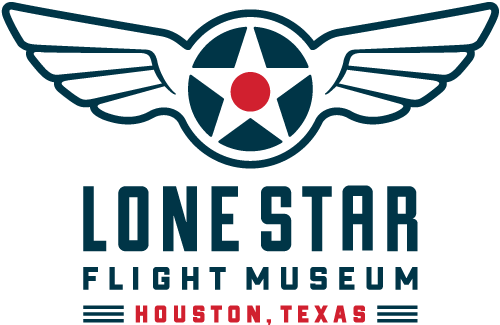Surround yourself with our award-winning aircraft
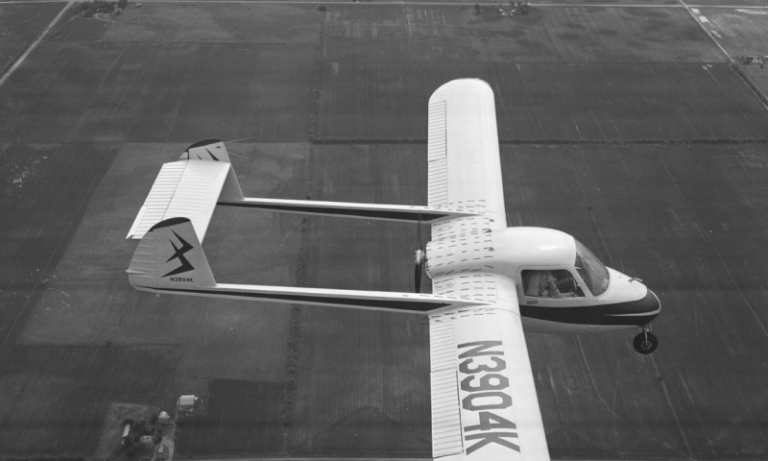
Anderson Greenwood AG-14
In 1940, Texas entrepreneurs Ben Anderson, Marvin Greenwood and Lomis Slaughter set out to build a two-seat, low wing aircraft for the sport aviation market.
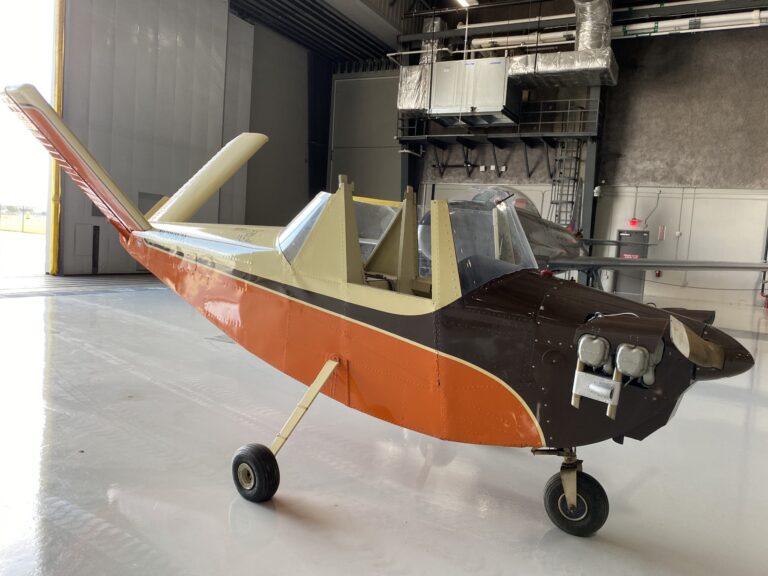
Beecraft Honey Bee
It is a high-wing cantilever monoplane with enclosed accommodation for the pilot below the wing and is fitted with a V-tail and tricycle landing gear.
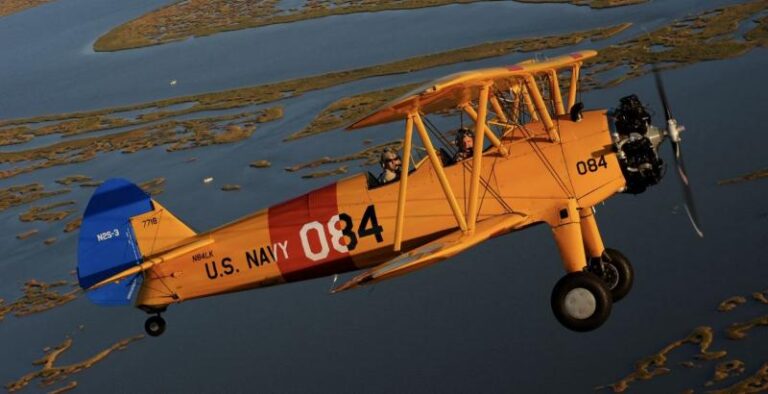
Boeing PT-17 Stearman
From 1934 until February 1945, the Stearman Aircraft Company, a division of the Boeing Aircraft Company, built a total of 8,428 model 75 airplanes for the U.S. Army and U.S.

Cessna L-19 / O-1A Bird Dog
Introduced in 1950, the all-metal fixed wing with tandem seating and angled side windows improved downward visibility.
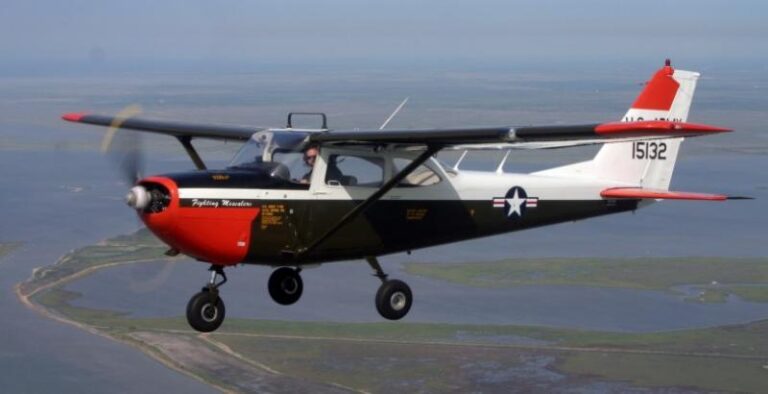
Cessna T-41 Mescalero
The T-41 Mescalero is a military version of the Cessna 172 that was fitted with a larger engine and variable pitch propeller.
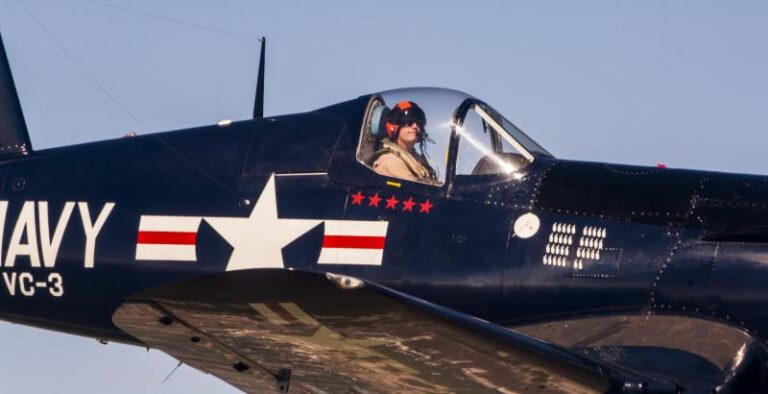
Chance Vought F4U-5N Corsair
Chance Vought Aircraft Corporation contracted with the US Navy for a single prototype fighter aircraft in June 1938. Vought engineers selected the new 2,000 horsepower Pratt & Whitney R28
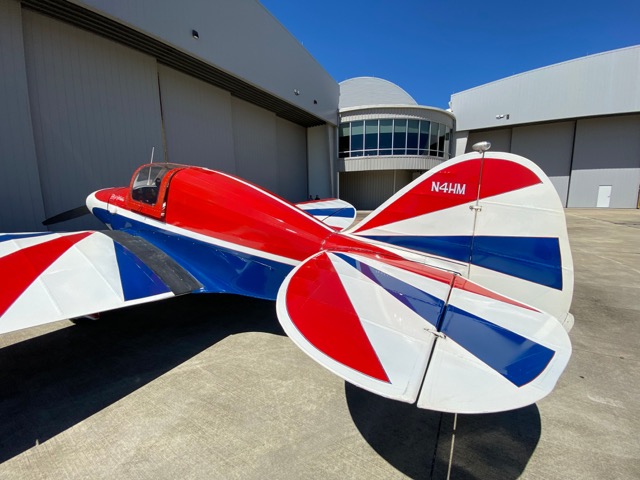
Culver Dart GC
An American two-seater light monoplane with exceptional strength, rigidity and maneuverability.
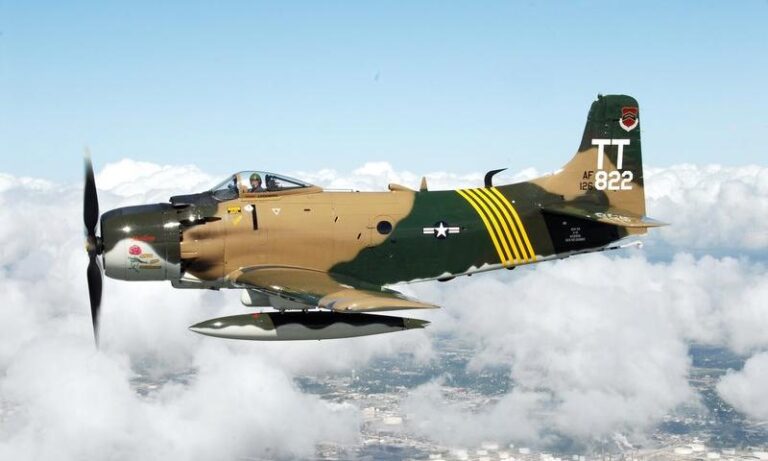
Douglas A-1D Skyraider
North American Aviation’s design of a twin-engine medium bomber was approved by the Army Air Corps in September 1939, and the prototype made its maiden flight less than a year later on 19 August 19.
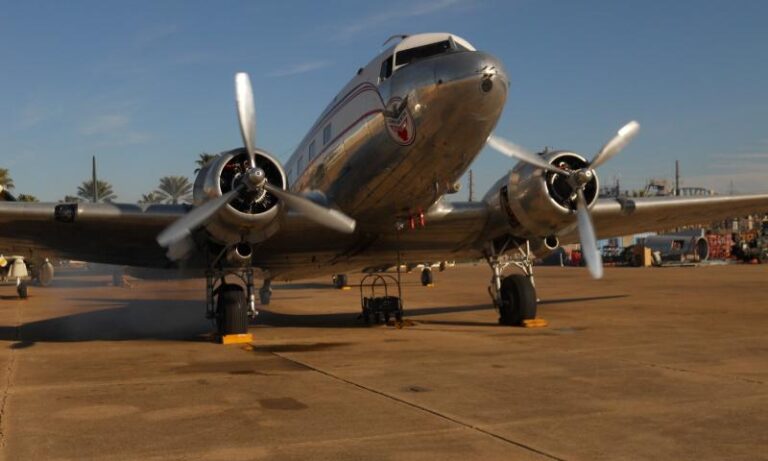
Douglas DC-3
The DC-3 was engineered by a team led by chief engineer Arthur E. Raymond, and first flew on December 17, 1935 (the 32nd anniversary of the Wright Brothers flight at Kitty Hawk).
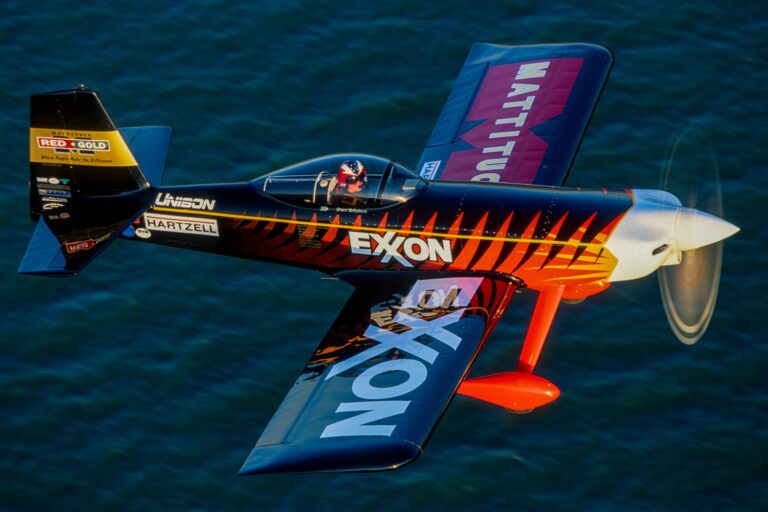
Exxon Flyin’ Tiger Bohannon B-1
Registered as a “Bohannon B-1,” the Tiger is an all-metal monoplane designed specifically for setting time-to-climb and altitude records.
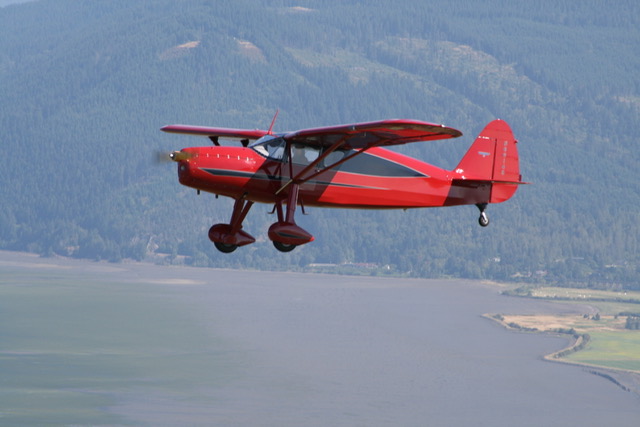
Fairchild F-24
Designed by the Fairchild Aviation Corporation in 1931 as an economical, easy to fly touring aircraft.

Fairchild PT-19 Cornell
In the late 1930s, the Fairchild Aircraft Manufacturing Company entered their M-62, later known as the PT-19 design to satisfy the Army Air Corps’ call for a primary trainer.

General Atomics MQ-1B Predator
The Predator is an armed, multi-mission, medium-altitude, long-endurance remotely piloted aircraft that is employed as an intelligence-collection asset and against dynamic execution targets.
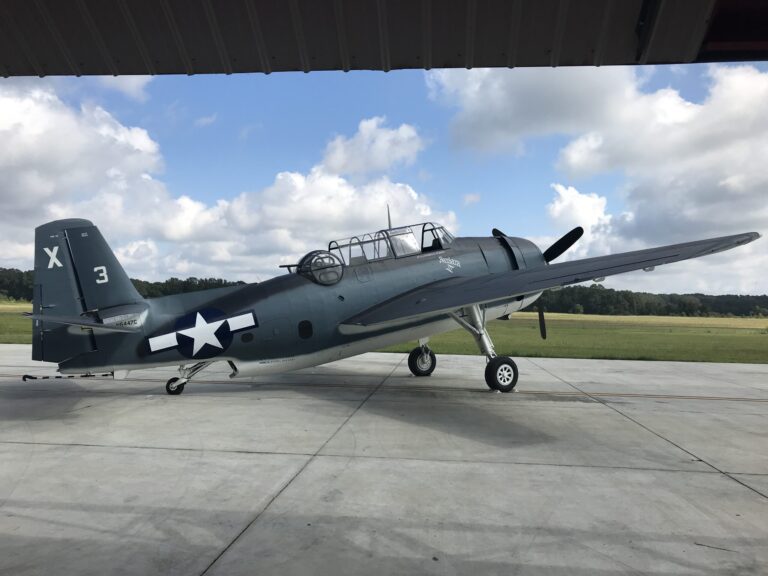
General Motors TBM-3E Avenger
In 1939, aviation technology was changing so fast that two years after they took delivery of the Douglas TBD Devastator, the U.S.
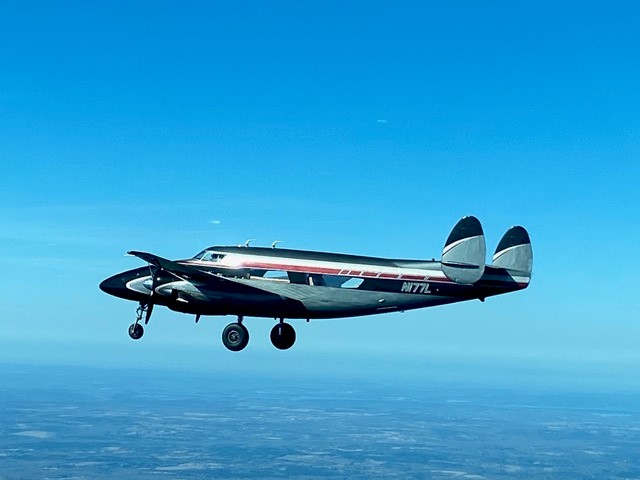
Lockheed Howard 250 Tri-Gear
The Howard 250 was designed by Howard Aero to take the military designed transport Lockheed L-18 Lodestar and turn them into a executive corporate aircraft in the 1950’s.
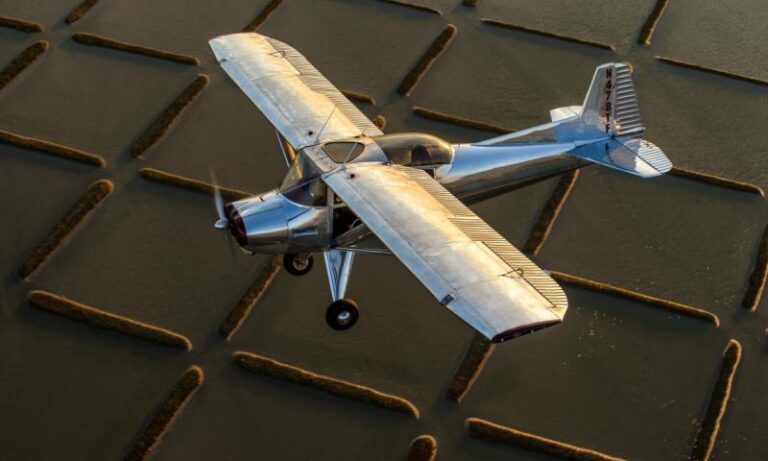
Luscombe T8F Observer
The Luscombe Aircraft Company made a name for itself building two-seat, all-metal sport aircraft before World War II.
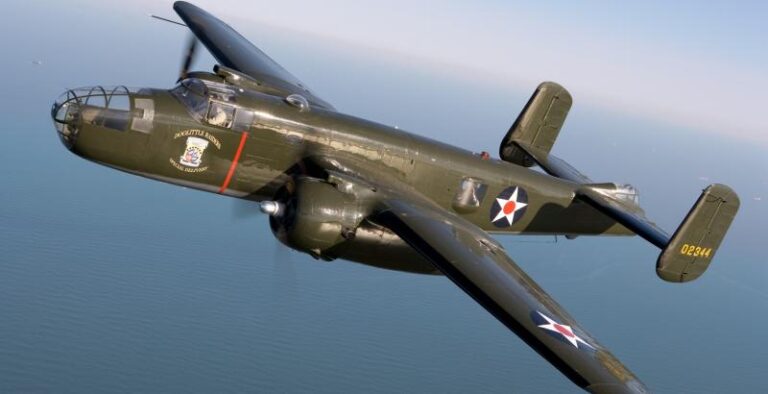
North American B-25 Mitchell
North American Aviation’s design of a twin-engine medium bomber was approved by the Army Air Corps in September 1939, and the prototype made its maiden flight less than a year later
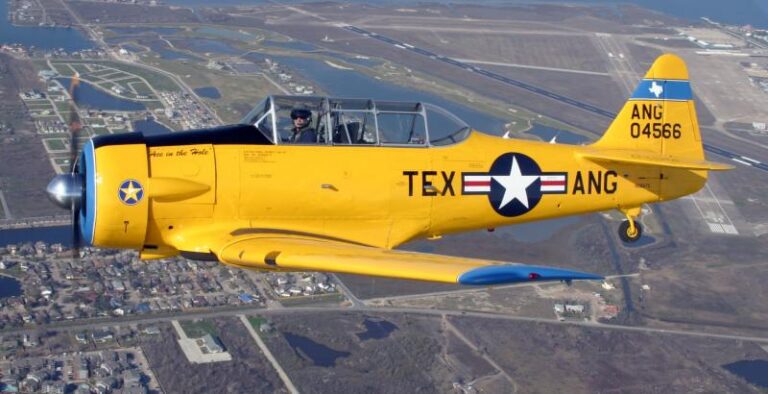
North American T-6 Texan
The North American T-6 Texan was known as “the pilot maker” because of its important role in preparing pilots for combat. The T-6 was the classroom for most of the Allied pilots who flew in WWII.
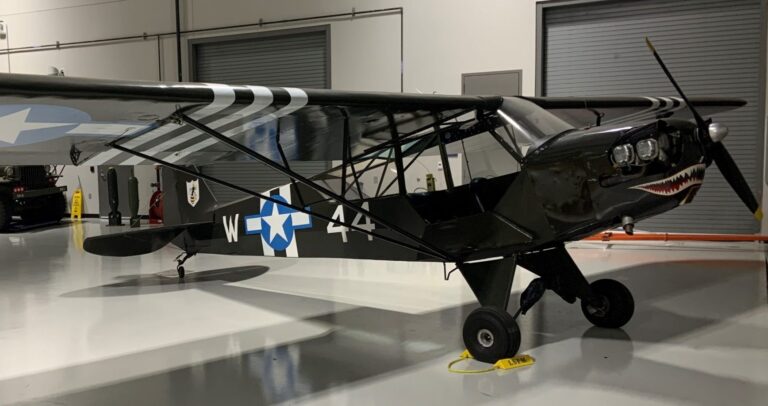
Piper L-4 Grasshopper
The L-4 was a two-place tandem cockpit, dual-control aircraft and was among the most useful tactical aircraft of WW II.
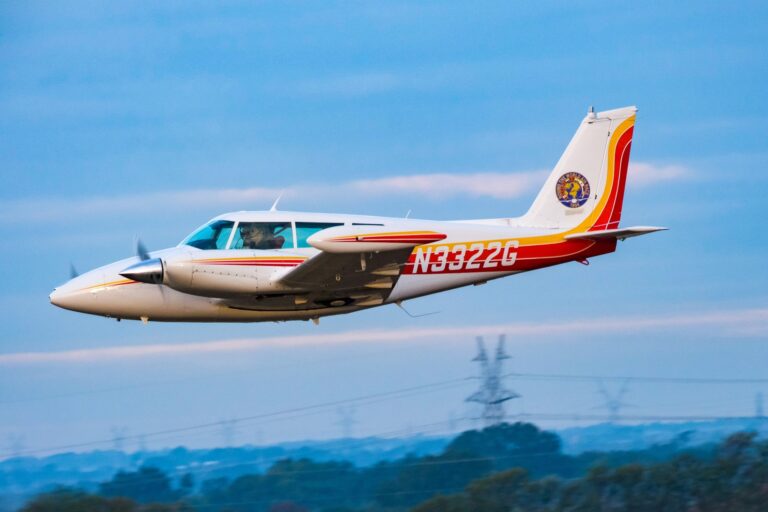
Piper PA-39 Twin Comanche
History making aircraft with an all female crew to win the 1994 Round the World Air Race!
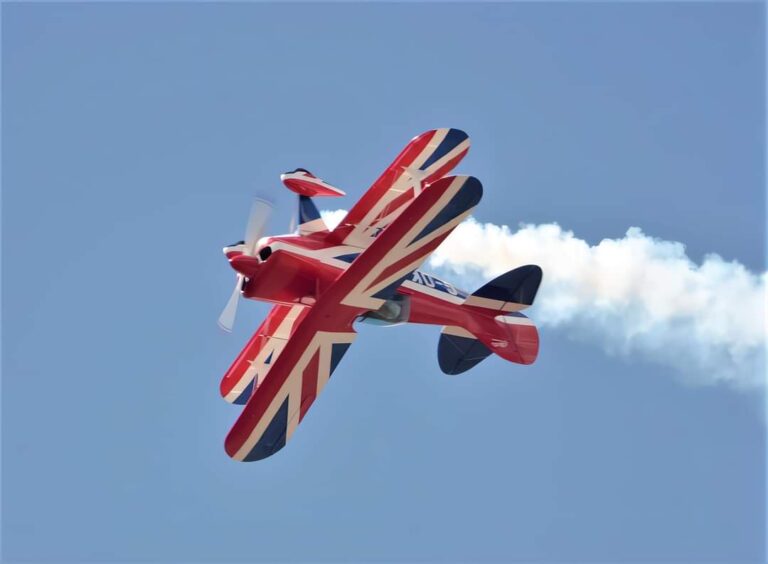
Pitts Special S-1
Designed by Curtis Pitts in 1944, the biplane hangs inverted with the nose up and at a slight bank to represent the biplane’s history of successful airshows.
